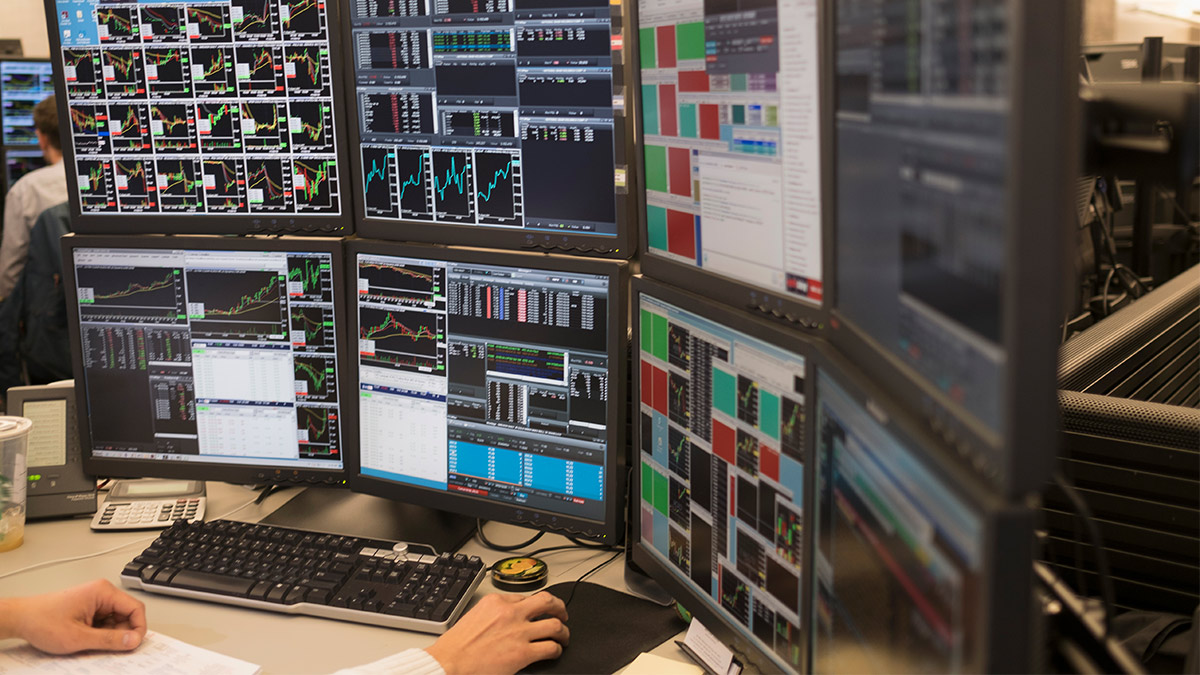This professional investor is focused on resources and rare earths in a post-COVID world

Heath Moss from HLM Investments gave Stockhead the run-down on his post-COVID investment outlook. (Pic: Getty Images)
Resources — particularly copper and gold — will play a central role in the portfolio of professional investor Heath Moss in the months ahead.
As the owner and operator of HLM Investments, Moss allocates capital for a client base mainly comprised of investors with a “longer term, low-medium risk” outlook.
Stockhead caught up with Moss at the end of last week to discuss his post-COVID investment outlook, and where he’s allocating capital on a sectoral and stock-specific basis.
COVID-19 approach
“What I’ve found since COVID started is that clients are more confident putting money into the market (compared to the GFC),” Moss said.
“So I’ve seen a lot more fresh money come into the market from both new and existing clients, who are looking to invest looking for a return.”
And in the wake of what’s been an impressive post-COVID rally, the biggest question Moss has been fielding at the moment is where clients can invest with a margin of safety, while still maintaining exposure to cyclical growth themes.
“Back when the index (ASX200) was closer to the 5,000 level, I was happy to stick with growth stocks such as Appen (ASX:APX) and the big grocery stores,” he said.
“But markets have gotten to a level now where I think you’ve got to be a real stock picker. I’ve been sticking to more defensive stocks such as Amcor (ASX:AMC) and Ansell (ASX:ANN) — stocks with a proven history of increasing earnings even in tough times, and that shouldn’t really be affected either on the upside or downside from the virus.”
“Consistency of earnings is key, with compound interest over the longer term. It’s fairly boring but it gets the job done.”
Little Aussie battler
In terms of his positioning at the big end of town, Moss prefers resources to financial stocks as the hunt for yield intensifies.
On that front, he noted lingering uncertainty about the dividend outlook for Australia’s major banks, which will be closely watched during August reporting season.
“I’m happy to be overweight resources at the moment, with the declining US dollar and a recovery in China which seems to be quite v-shaped,” Moss said.
“So I’m heavy in resources, particularly the big guys (BHP and Rio) and bit of OZ Minerals (ASX:OZL) because I really like copper and gold.”
“But outside of that you’ve got to be a bit picky. We’ve seen some money come out of healthcare, which I’m happy to jump into because I believe that move was on the back of the recent strength in the Aussie dollar.”
“So that will hurt earnings in the short-term but my view on the Aussie is that we’re pretty close to the top here.”
Rare earths
While HLM doesn’t have a small-cap focus, Moss said he maintains exposure to some high-growth themes for clients that request exposure to more speculative plays as part of their broader portfolio.
And within the ASX market, his main focus area is geared around the potential growth in rare earth stocks.
“We do have a handful of clients with higher risk profiles, where we allocate say 10 per cent of their portfolio into ‘speccier’ stocks,” he said.
“There’s good money to be made there, as we’re seeing right now with small-cap gold plays and I think rare earths could be next.”
“Prices have been rising quite substantially, and it’s a sector where China makes up around 75 per cent of global production.”
“So there’s a security issue there outside of China where there isn’t much supply. In that environment, I think anyone who looks like they can bring something to mine may do very well out of it.”
Resources focus
With the banks battered and bruised, Moss said Australia’s big miners would help fill the void for investors looking for a reliable income stream.
“Obviously there’s volatility in that sector as well, so you’ve got to be careful,” he said.
“Iron ore will probably come off in the last quarter with Brazilian supply returning, but I’ve got nickel and gold in focus and copper’s the big one — I think that’s got a long way to go.”
The reddish-brown metal is sometimes referred to as ‘Dr Copper’ because its price has historically acted as a barometer for turning points in the global economy.
In that context, copper prices have rebounded from March lows of around $US2 ($2.79) per pound to around $US3 ($4.19). But Moss said his long-term view of the market was based on structural imbalances.
“A lot of existing mines have lower head grades which is leading to production problems. And new supply is pretty non-existent — any new supply between 2018 and 2022 is coming from just four big mines and around 80 per cent of that is already in the production phase,” Moss said.
“Then in the short term there’s been a COVID-10 impact, where mines in Chile have been forced to shut down because of the virus.”
The outlook “also depends on electric vehicles and how they take off. If they take off substantially by 2030 then we’re looking at a huge deficit there”, Moss said.
“So copper itself is already in deficit in terms of supply, and I think it’s going to take a good decade for it to catch up.”
Related Topics

UNLOCK INSIGHTS
Discover the untold stories of emerging ASX stocks.
Daily news and expert analysis, it's free to subscribe.
By proceeding, you confirm you understand that we handle personal information in accordance with our Privacy Policy.








